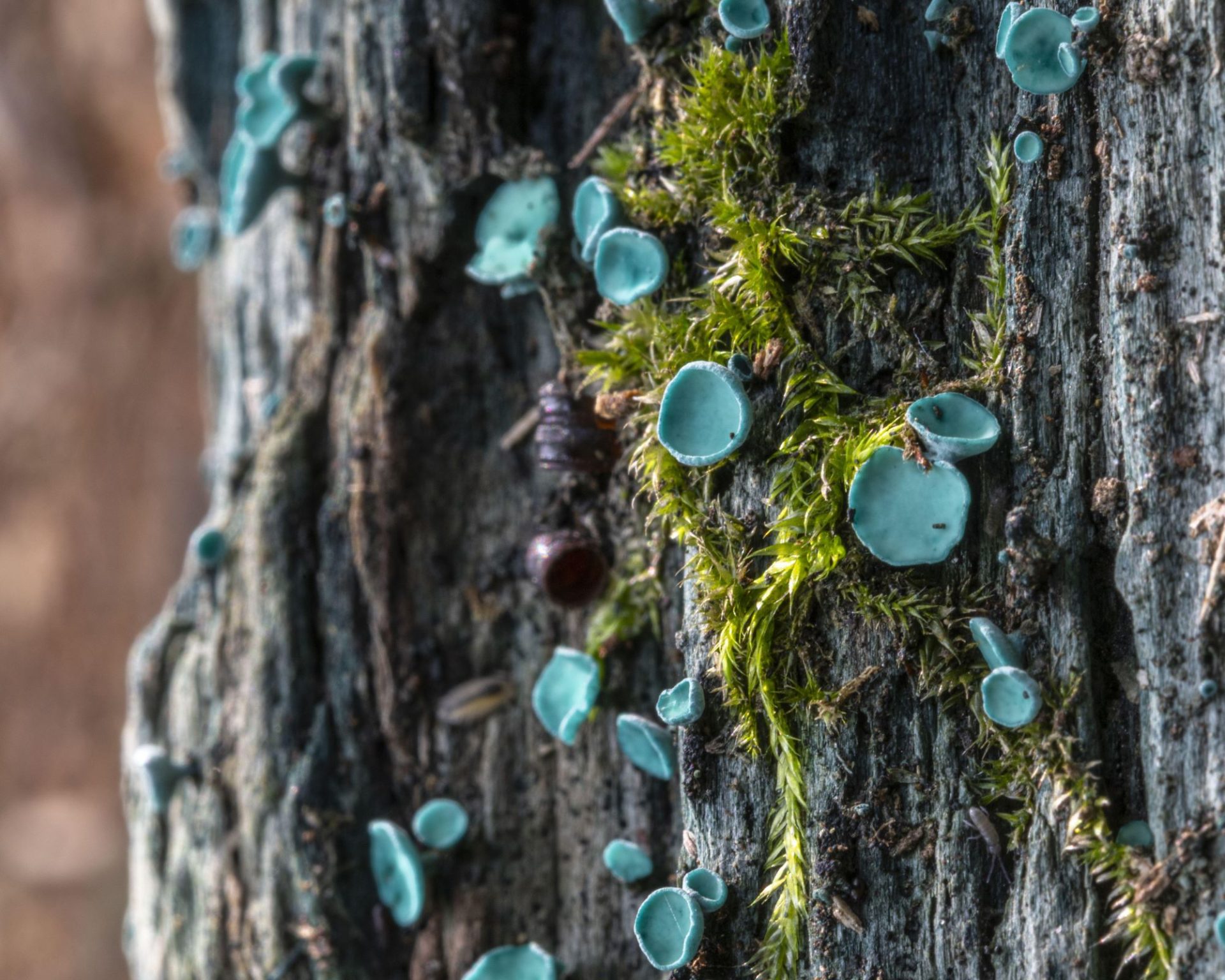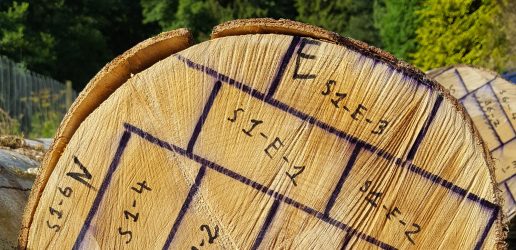Published today (Thursday, 10 October 2024), the Forest Research Rapid Review of Evidence on Biodiversity in Great Britain’s Commercial Forests is a review of evidence on biodiversity in many of the most commonly encountered commercial high forest types in Great Britain.
Nadia Barsoum, Senior Biodiversity Scientist at Forest Research explains: “Forests where trees can attain their full-canopy heights and reach mature stages of development are known as high forests. In Great Britain, a significant proportion of these forests are managed in a commercial capacity for timber and wood-based products and comprise conifer, broadleaf or conifer-broadleaf mixtures. The review is needed to understand the contribution of these forest types to biodiversity and to identify gaps in understanding.”

The first part of the publication uses expert knowledge of the habitat requirements of over 400 woodland specialist species to predict whether commercial high forest has the potential to offer suitable habitat for at least one stage of the species’ lifecycle. The second part of the publication is a summary of published research (from 1970-2020) reporting on biodiversity in commercial forests in Great Britain.
The review concludes there may only be enough research evidence to answer specific research questions about biodiversity in commercial high forests for certain broad taxonomic groups (i.e. birds, ground vegetation, carabid beetles). It also predicts, based on the findings related to habitat requirements and expert knowledge, that commercial forests can potentially accommodate many specialist woodland mammals, birds, amphibians and reptiles, some woodland specialist fungi and vascular plants, but few specialist invertebrates, lichens and bryophytes.
In addition, the review highlights gaps in evidence and provides some recommendations for future research areas to focus on and methodological approaches that might be used to fill those gaps.
The Rapid Review of Evidence on Biodiversity in Great Britain’s Commercial Forests review was conducted by Forest Research and funded by the Forestry Commission.
Read the Rapid Review of Evidence on Biodiversity in Great Britain’s Commercial Forests in full.

Forest Research has announced that Dr Bianca Ambrose-Oji, currently Head of its Society and Environment Research Group, will succeed Professor Chris Quine FRSE as Chief Scientist from June 2025.
England’s non-woodland trees have been mapped for the first time, revealing these trees make up nearly one third of our nation’s tree cover.

Forest Research, in partnership with Edinburgh Napier University, have taken a first step in systematically assessing the timber potential of underutilised species in the UK.

Forest Research has announced that Dr Bianca Ambrose-Oji, currently Head of its Society and Environment Research Group, will succeed Professor Chris Quine FRSE as Chief Scientist from June 2025.
England’s non-woodland trees have been mapped for the first time, revealing these trees make up nearly one third of our nation’s tree cover.

Forest Research, in partnership with Edinburgh Napier University, have taken a first step in systematically assessing the timber potential of underutilised species in the UK.